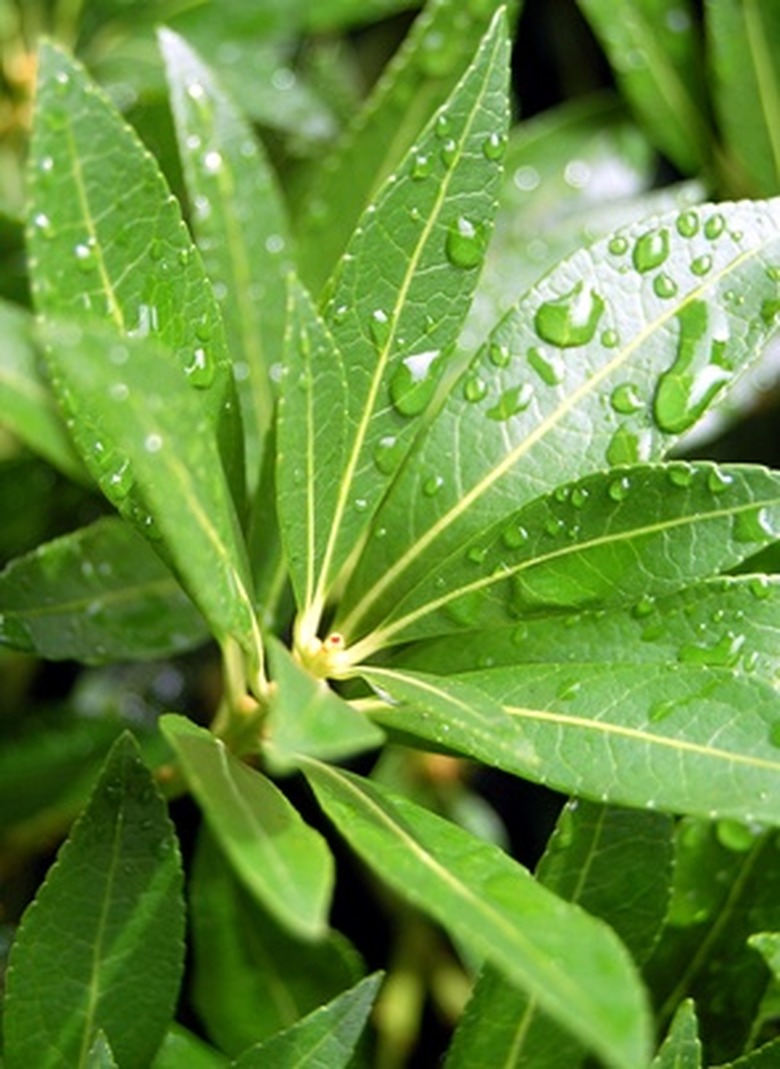Plant Growth With Light-Blocking Windows
The benefits of light-blocking windows generally outweigh any potential damage to houseplants. The coatings on low-E windows block UV and infrared light, reducing moisture condensation and improving energy use. These windows act as insulation, keeping rooms cooler in the summer and warmer in the winter. They also prevent UV rays from damaging and fading fabrics, curtains and upholstery, according to Bob Vila.
General Guidelines
Most energy efficient low-E windows do not reduce the amount of spectral light to effect the growth of plants. Windows with silver, gray or clear coatings reduce all colors in the spectrum at the same rate, making the light appear dimmer. Most plants will show no effects.
- The benefits of light-blocking windows generally outweigh any potential damage to houseplants.
- Most energy efficient low-E windows do not reduce the amount of spectral light to effect the growth of plants.
Colored Coatings
Colored coatings on windows may cause challenges for plants because they may remove photosynthetically active light. For example, a red-coated window removes most of the blue light, while a blue-coated window removes most of the red light. The full color spectrum is needed for good photosynthesis, so theoretically these windows may diminish plant growth.
Temperature Variances
Some plants that need a constantly maintained warm temperature to thrive seem to perform better with low-E windows, according to Grow More Hydroponics. In greenhouses, tender plants such as tomatoes and orchids seem to prefer the insulated conditions provided by low-E windows. In a home situation, picky houseplants may thrive, as well.
Plant Selection
Select plants that require less light if light-blocking windows present a concern. Plants with variegated leaves require more light than those with dark green leaves, according to Grow More Hydroponics website. Plants that produce fruits or flowers usually require more sunlight, as well.
- Colored coatings on windows may cause challenges for plants because they may remove photosynthetically active light.
Solutions
If plants seem to be affected by light-blocking windows, try moving them to another location, such as a sunny, south-facing window. Plants may also benefit from additional light. Grow lights, such as fluorescent or high-intensity discharge bulbs should provide plenty of light. Leave lights on 10 to 16 hours per day, if necessary, for vegetable seedlings or other plants requiring a high level of light.
